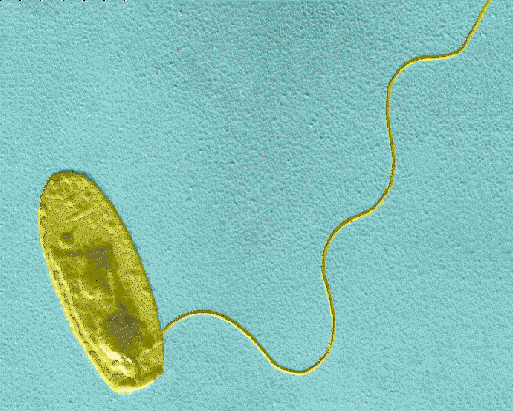Background
Legionnaires' disease is a rare but potentially fatal pneumonia caused by Legionella sp. bacteria. Infection is caused by breathing in small droplets of water contaminated by the bacteria. However, the disease is not transmissible from one person to another. Whilst anyone can become infected, some people are at higher risk e.g. the elderly, smokers and heavy drinkers, those suffering from respiratory or kidney disease and people whose immune system is impaired
Legionella bacteria are common in natural water courses and therefore they may contaminate, proliferate and grow in water systems such as cooling towers and hot and cold water services. The bacteria thrive at temperatures between 20 degrees Celsius and 45 degrees Celsius if a supply of nutrients is present (e.g. rust, scale, algae, sediment and other bacteria). If water droplets are created and dispersed into the atmosphere, then people in the vicinity may be at risk of inhaling the bacteria. To eliminate or reduce the risk, control measures must be in place to prevent the proliferation of the organism in water systems and to minimise the generation of water droplets and aerosols.
Control of Legionella

The bacteria grow very slowly below 20 degrees Celsius and are killed by temperatures above 50 degrees Celsius. Therefore, the principle control measure is temperature. Cold water systems should maintain the water temperature below 20 degrees Celsius and hot water systems should store the water at a minimum temperature of 60 degrees Celsius and deliver hot water of at least 50 degrees Celsius at outlets. Apart from temperature, cleanliness of water systems (removing nutrients) and regular flushing (preventing build-up of harmful levels of the bacteria) are also important control mechanisms.
It should also be noted that these same techniques are important for reducing general bacterial and fungal levels in water supplies and, thereby, maintaining high water hygiene standards.
What the University Does
The University has produced a policy that details the arrangements to be undertaken in relation to Legionella control and water hygiene (Safety Policy Arrangement 57-2013). In line with the policy arrangements, the Director of Campus Services (Colin McNally) is appointed as the responsible person for ensuring compliance with statutory duties. He appointed a member of Estates & Buildings (Gordon Smith) as the Legionella and water hygiene responsible person, who has day to day responsibilities for managing activities. Each directorate also appoints responsible persons to coordinate actions at a local level. In Life Sciences, this is Lisa Grayson and Nicholas Helps. (School of Research) and Monica Lacey (School of Learning and Teaching)
The University also took the step of employing a specialist water hygiene contractor (Clearwater Technology Ltd) to undertake sampling, risk assess water sources within the University and perform treatment (as necessary) of water systems. The University and Clearwater Ltd follow the recommendations of the HSE Approved Code of Practice (ACoP) L8, which sets out what must be done to comply with relevant statutory instruments (principally COSHH). This involves water treatment regimes for water tanks and cooling systems, together with a process of monitoring for Legionella bacteria.
Monitoring and Testing
Clearwater undertake a schedule of monitoring around all University buildings based on the risk assessment, whereby water samples are taken from outlets and then checked for general water quality and the presence and number of Legionella bacteria. Depending on the results of such tests, appropriate remedial action is taken. The ACoP specifies the type of action based on the number of bacteria identified. However, the University always exceeds the requirements of the ACoP. For example, a recent sample from the Ladies' toilet in MSI floor 3 gave 300 colony forming units (cfu)/1000ml. At this level, the ACoP recommends resampling and, if similar results are found again, a review of the control measures and risk assessment should be carried out. However, the University chose to follow the recommendation of Clearwater Ltd and disinfect that section of pipework. Such action is only recommended in the ACoP for samples showing greater than 1000 cfu/1000ml.
Summary
Legionella bacteria are present in water all around us and always have been. They usually present no risk whatsoever, but under certain circumstances (especially when there is warm water that does not get flushed away and when nutrients are present), the bacteria can multiply to form high concentrations. In such circumstances they can present a danger if inhaled in water droplets. Legislation requires that levels of the bacteria are kept as low as is reasonably practicable and monitoring is used to ensure levels are being controlled. If levels rise, then action has to be taken to reduce the chance of infection occurring. The University discharges its duties in this regard by a range of measures that exceed those laid out in the Approved Code of Practice.



